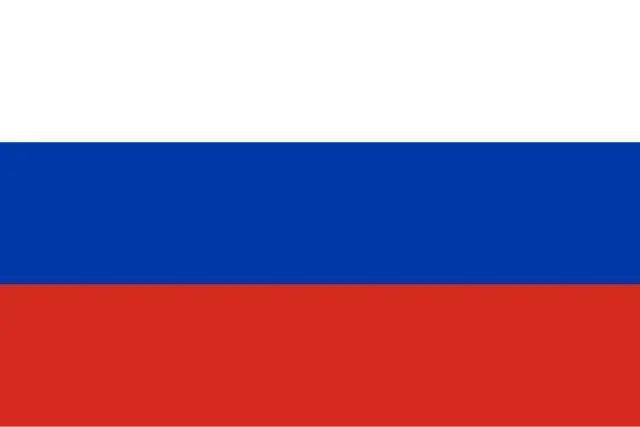Let the Marketing
Game Begin!

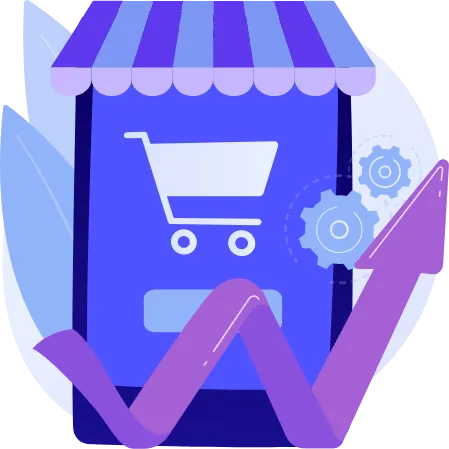
All Paths Here, Lead To Success!
At Buldiy Marketing, we are committed to providing the tools, resources, and support you need to reach new heights of success. Whether you're an aspiring entrepreneur, a dedicated professional, or someone looking to make a positive impact, our team is here to guide you every step of the way. Let's make this journey together!
⬤ WHY CHOOSE US ⬤
Connect with a Dedicated
Marketing Company
How can Buldiy Marketing help me improve my marketing ROI?
Buldiy Marketing offers advanced analytics and optimization tools to help you analyze campaign performance, identify opportunities, generate leads and make data-driven decisions, ultimately improving your marketing return on investment.
Is Buldiy Marketing suitable for small businesses?
Yes, Buldiy Marketing is designed to cater to the needs of businesses of all sizes. Whether you're a small startup or a large enterprise, our platform is scalable and adaptable to your unique requirements.
What kind of customer support do you provide?
We take pride in our customer support. Our team is available 24/7 to assist you with any questions or issues you may have. You can reach us via email, call or book an appointment here and we also provide support with our support sites and articles from our website.
How secure is my data with Buldiy Marketing?
Security is a top priority for us. Buldiy Marketing employs state-of-the-art security measures to protect your data. We use encryption methods to ensure the highest level of data security.
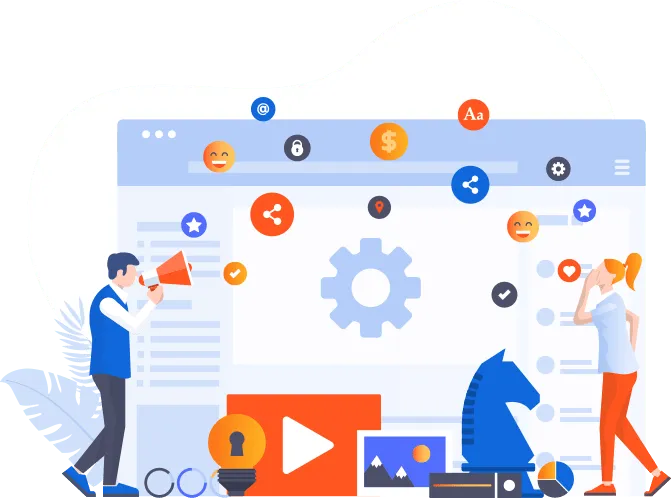
⬤ WHY CHOOSE US ⬤
Connect with a Dedicated
Marketing Company
How can Buldiy Marketing help me improve my marketing ROI?
Buldiy Marketing offers advanced analytics and optimization tools to help you analyze campaign performance, identify opportunities, generate leads and make data-driven decisions, ultimately improving your marketing return on investment.
Is Buldiy Marketing suitable for small businesses?
Yes, Buldiy Marketing is designed to cater to the needs of businesses of all sizes. Whether you're a small startup or a large enterprise, our platform is scalable and adaptable to your unique requirements.
What kind of customer support do you provide?
We take pride in our customer support. Our team is available 24/7 to assist you with any questions or issues you may have. You can reach us via email, call or book an appointment here and we also provide support with our support sites and articles from our website.
How secure is my data with Buldiy Marketing?
Security is a top priority for us. Buldiy Marketing employs state-of-the-art security measures to protect your data. We use encryption methods to ensure the highest level of data security.
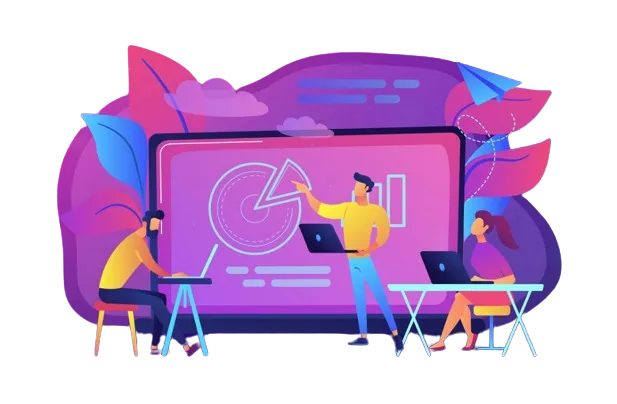
Our Customers Love this CRM
Popular Features
Email Marketing
Email marketing drives engagement, optimizing with measurable metrics for cost-effective, conversion-focused strategies.
3 Best Values
Targeted communication
Cost-effective and high ROI
Measurable and analyzable
CRM
Automate customer interactions, fostering relationships through organized data, boosting communication and driving business growth.
3 Best Values
Better customer relationships
Boost efficiency and org.
Informed decision-making
Lead Generation
Efficient lead generation attracts potential customers, converting interest to sales through targeted strategies and engaging content.
3 Best Values
Increased sales opportunities
Cost-effective marketing
Business expansion
Marketing & Sales Software - All in 1
Popular Features
Email Marketing
Email marketing drives engagement, delivering personalized messages, optimizing with measurable metrics for cost-effective, conversion-focused strategies.
3 Best Values
Targeted communication
Cost-effective and high ROI
Measurable and analyzable
CRM
CRM streamlines customer interactions, fostering relationships through organized data, enhancing communication, and driving business growth efficiently.
3 Best Values
Better customer relationships
Boost efficiency and org.
Informed decision-making
Lead Generation
Efficient lead generation attracts potential customers, converting interest into sales through targeted strategies and engaging content.
3 Best Values
Increased sales opportunities
Cost-effective marketing
Business expansion
Reputation MGT
Reputation management safeguards and enhances brand image, proactively addressing feedback and ensuring a strong online presence.
3 Best Values
Trust and credibility
Customer perception
Business success and growth
Website Builder
Effortlessly create a professional website with intuitive tools—design, customize, and launch your online presence seamlessly.
3 Best Values
User-friendly design
Cost-efficiency
Time savings
Automations
Marketing automation streamlines tasks, personalizes communication, and boosts efficiency, optimizing campaigns for impactful, data-driven results.
3 Best Values
Efficiency and time savings
Personalization and targeting
Data-driven decision making
Reputation MGT
Reputation management safeguards and enhances brand image, proactively addressing feedback and ensuring a positive online presence.
3 Best Values
Trust and credibility
Customer perception
Business success and growth
Website Builder
Effortlessly create a professional website with intuitive tools—design, customize, and launch your online presence seamlessly.
3 Best Values
User-friendly design
Cost-efficiency
Time savings
Automations
Marketing automation streamlines tasks, personalizes communication, and boosts efficiency, optimizing campaigns for impactful, data-driven results.
3 Best Values
Efficiency and time savings
Personalization and targeting
Data-driven decision making
We are #1 choice for businesses
and organizations
Get access to the world's most powerful marketing platform online.
We are #1 choice for businesses
and organizations
Get access to the world's most powerful marketing platform online.
Grow with Buldiy Marketing
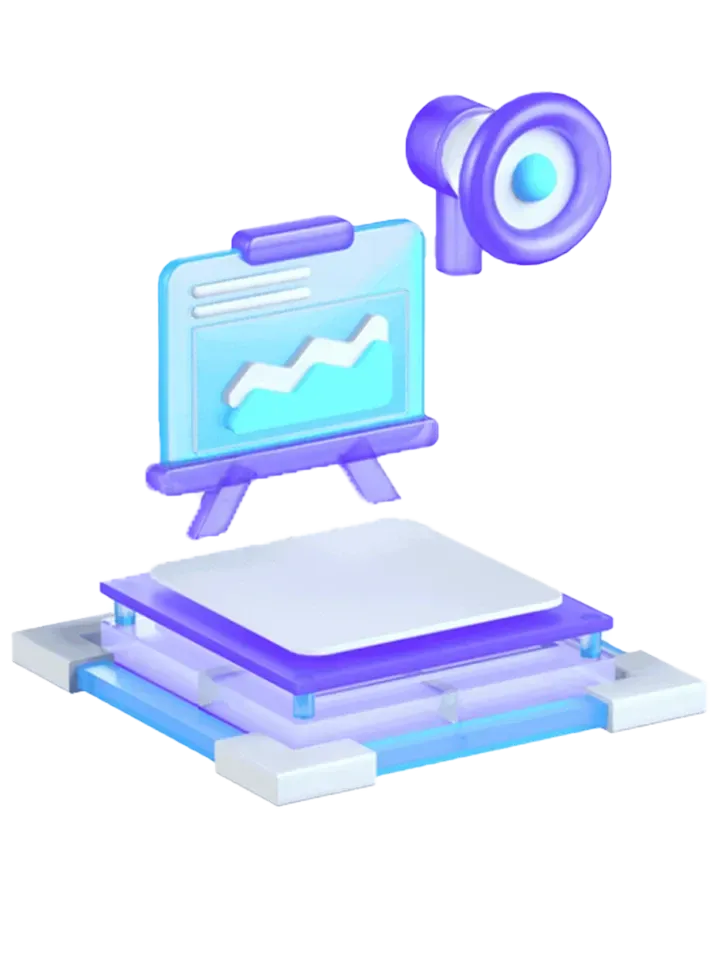
Sales
Close more deals faster and release growth with AI-driven powered sales campaigns & more sales tools.
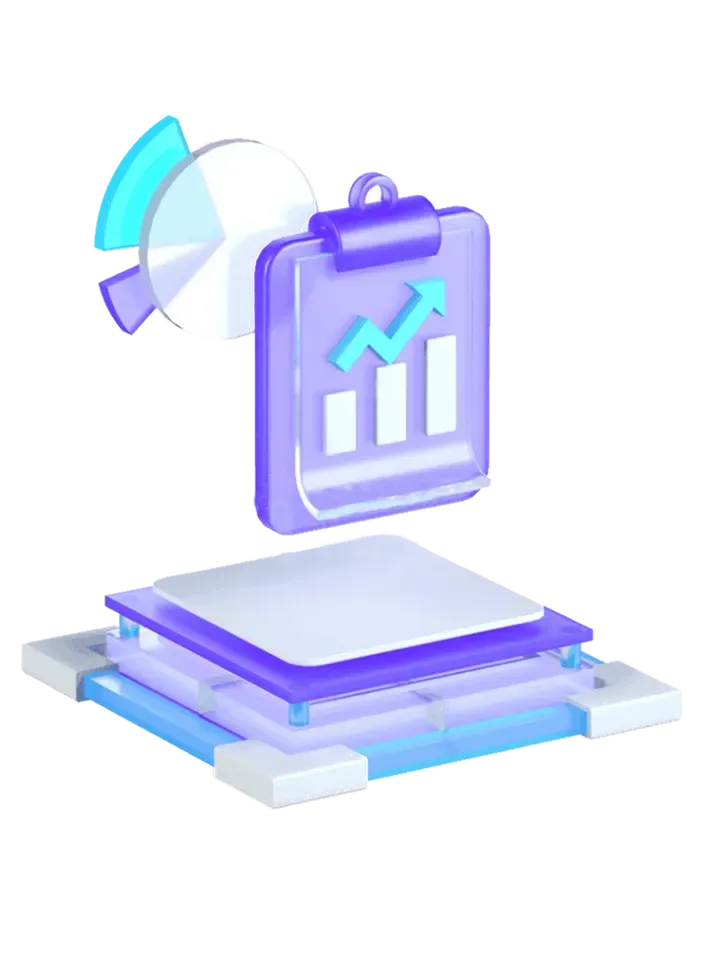
Marketing
Get 10 times more leads by analyzing special reports, using powerful tools and moving forward better with us.
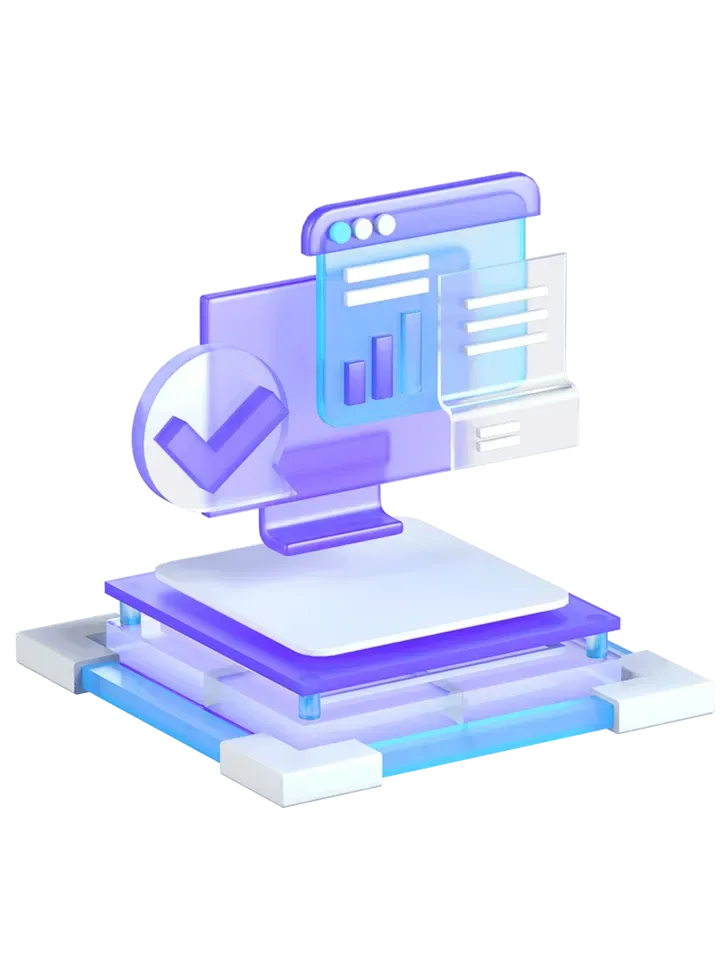
Payments
Send and receive payments from our software or integrate with the best accounting softwares.

Other
Still looking for something else? Give us a call at +1 469-382-3524 (USA) or at +357 22 522303 (CY)
Bring in more data, drive more growth with our integrations

Generate leads, post and share your posts on Facebook.
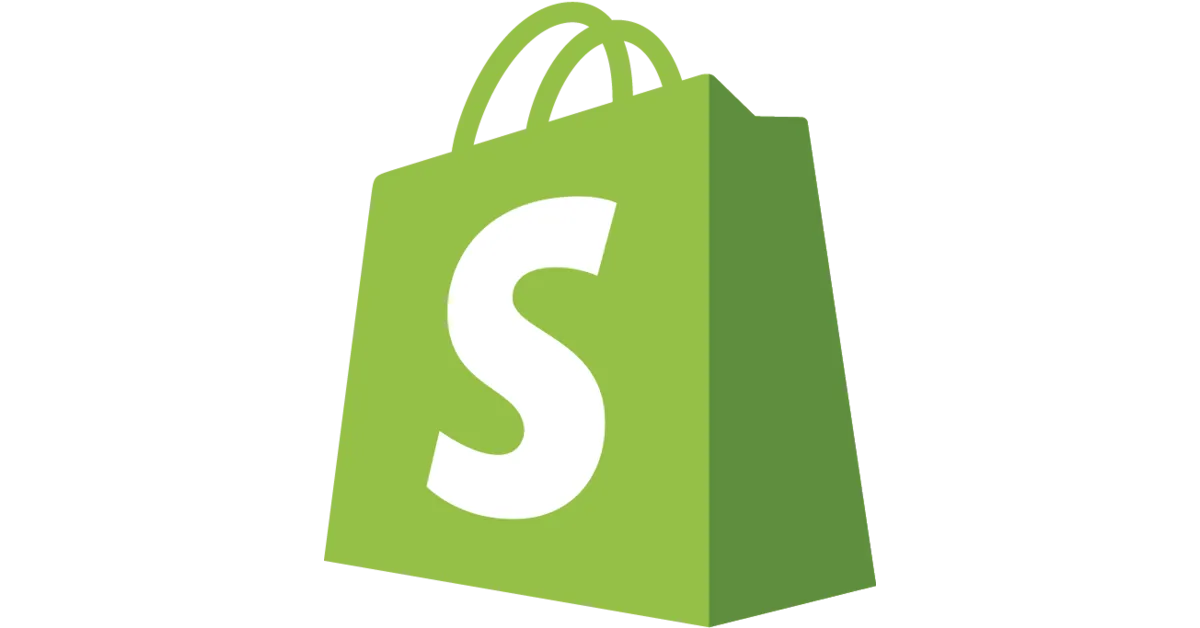
Shopify
Sync Shopify customers, products and your whole business.

Generate leads, post and share your posts on Instagram.

Slack
Get instant notifications on your Slack channel.

Tiktok
Generate leads, post and share your posts on Tiktok.

QuickBooks
Connect your QuickBook account to make easier payments.

WordPress
Move your WordPress site & insights at Buldiy Marketing.

Stripe
Get powerful payment tools and insights with Stripe.
© Copyright 2025, Buldiy Ltd. All rights reserved. Terms & Conditions | Privacy Policy
Reg. Number: ΗΕ 461255 | Cyprus Registry of Companies








